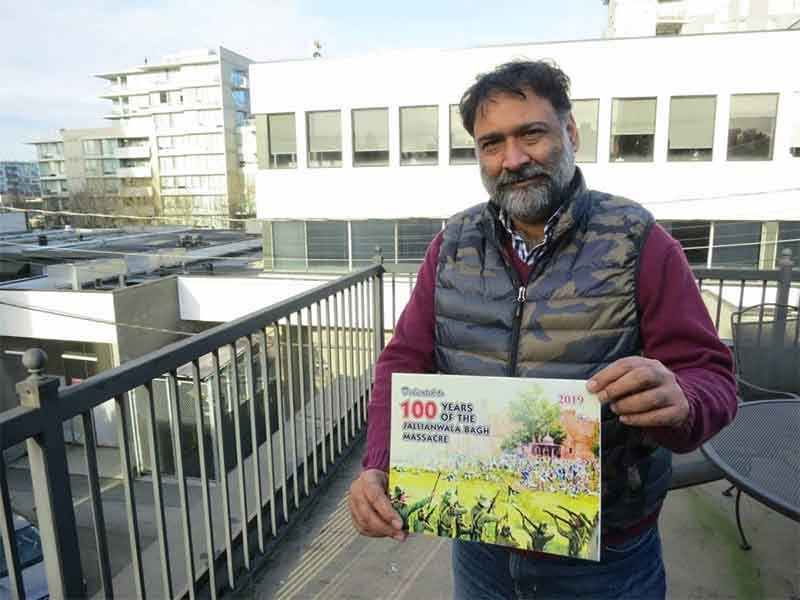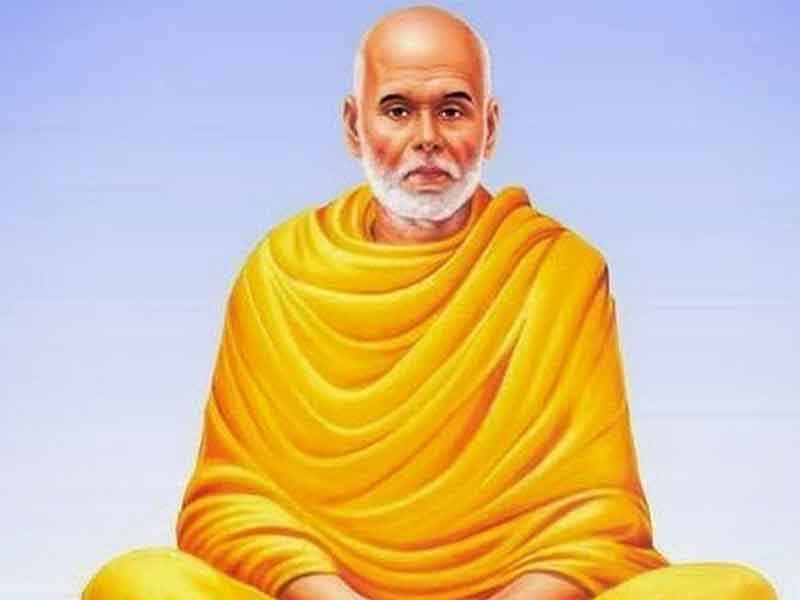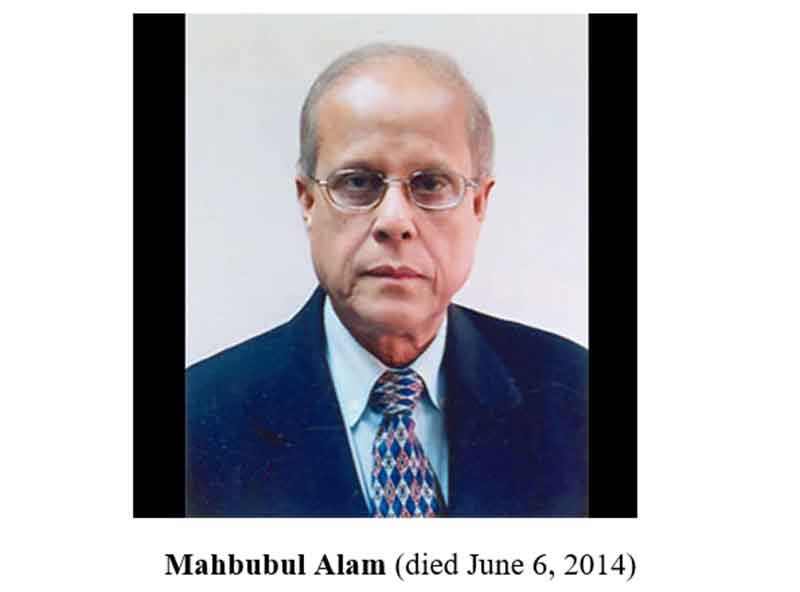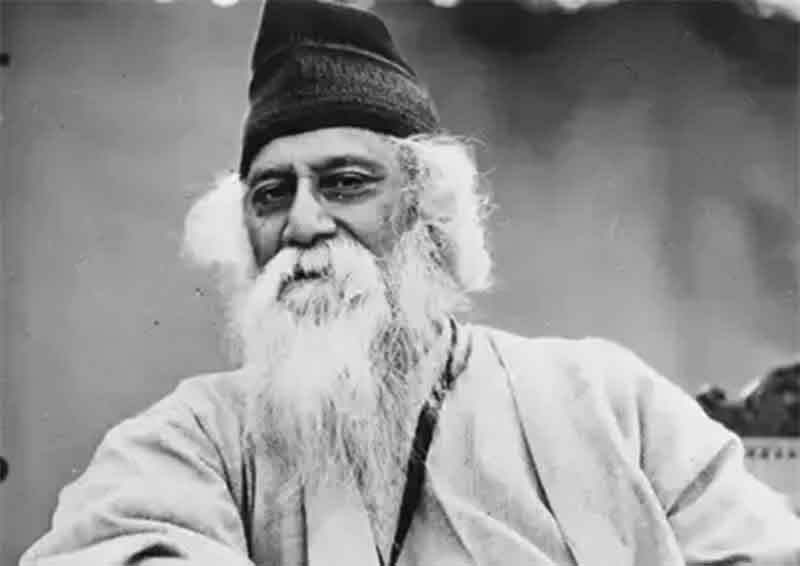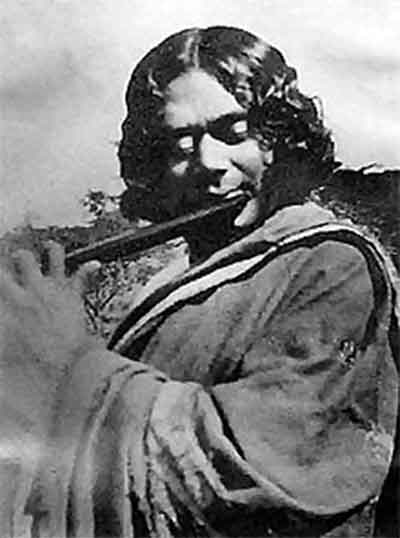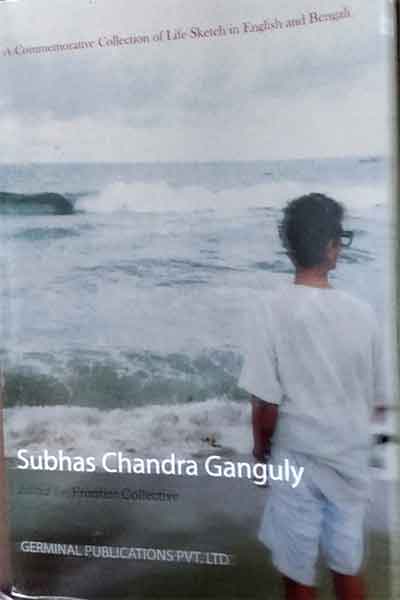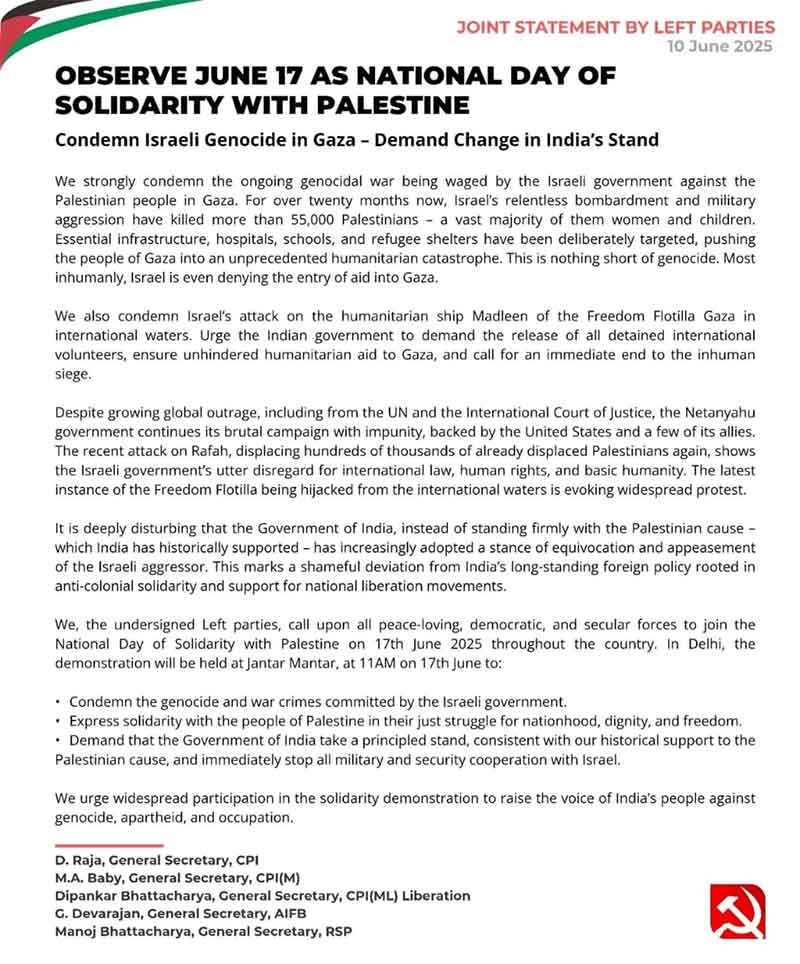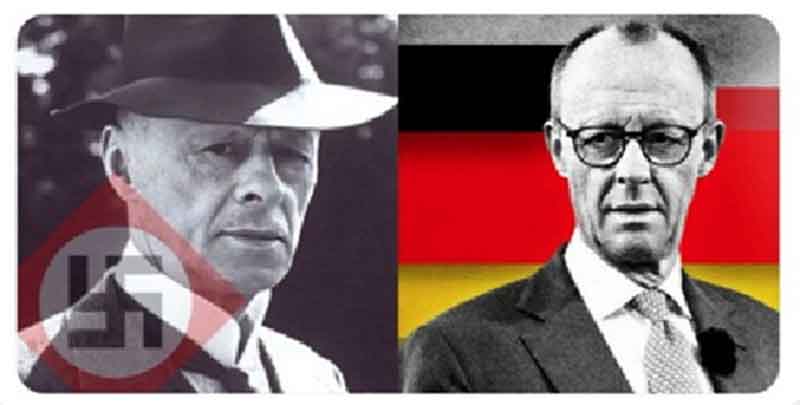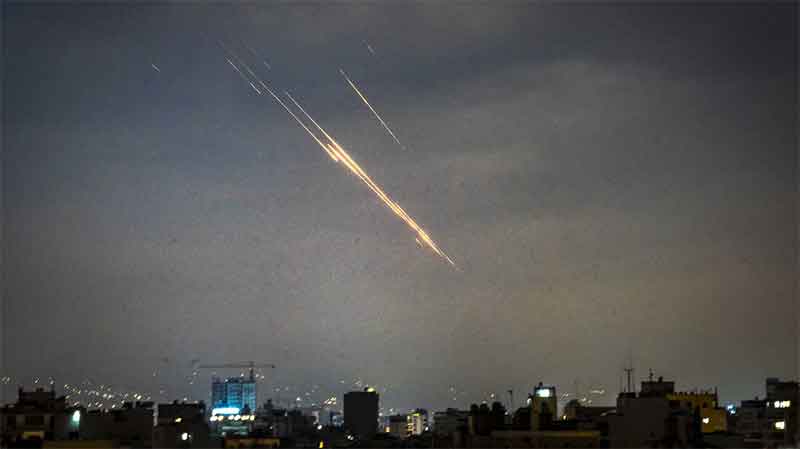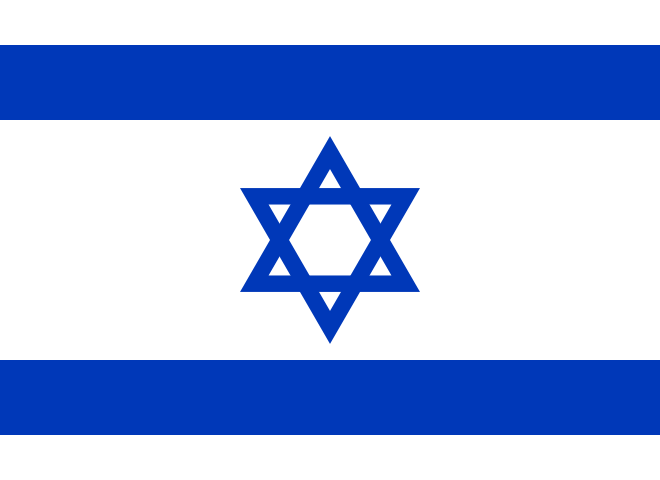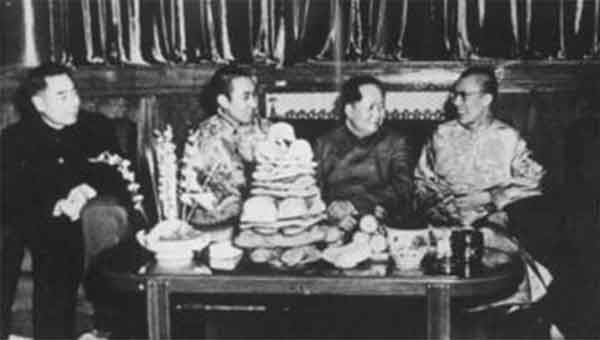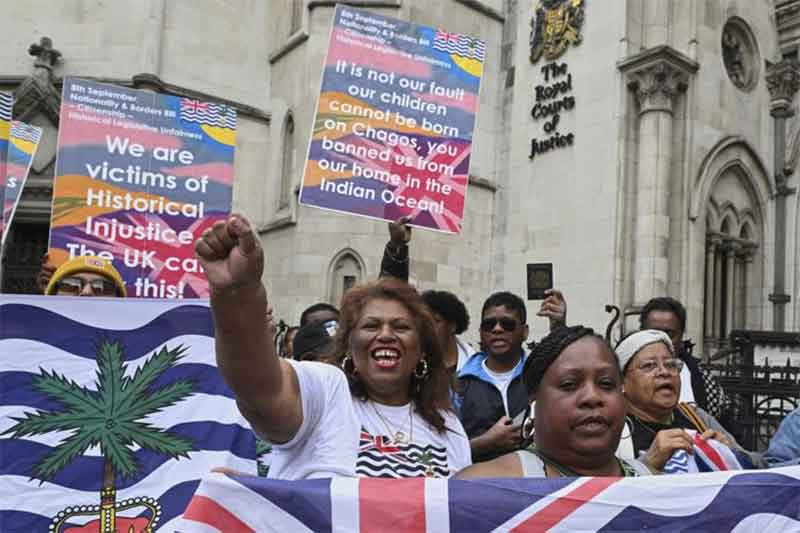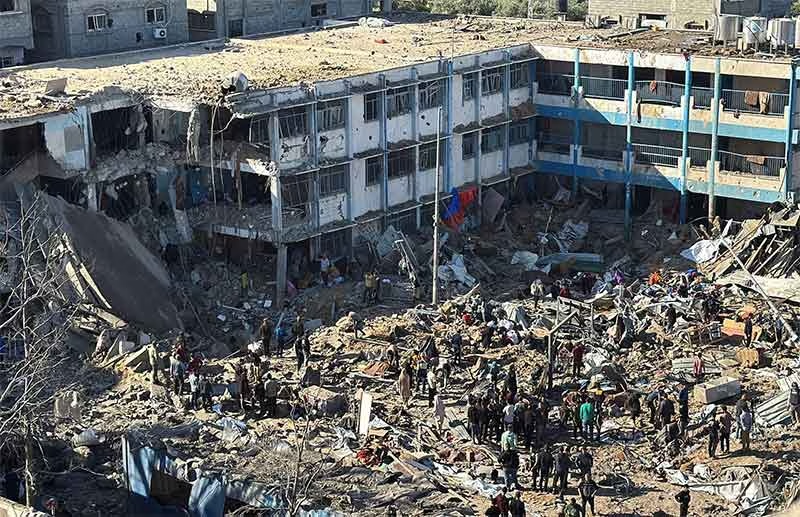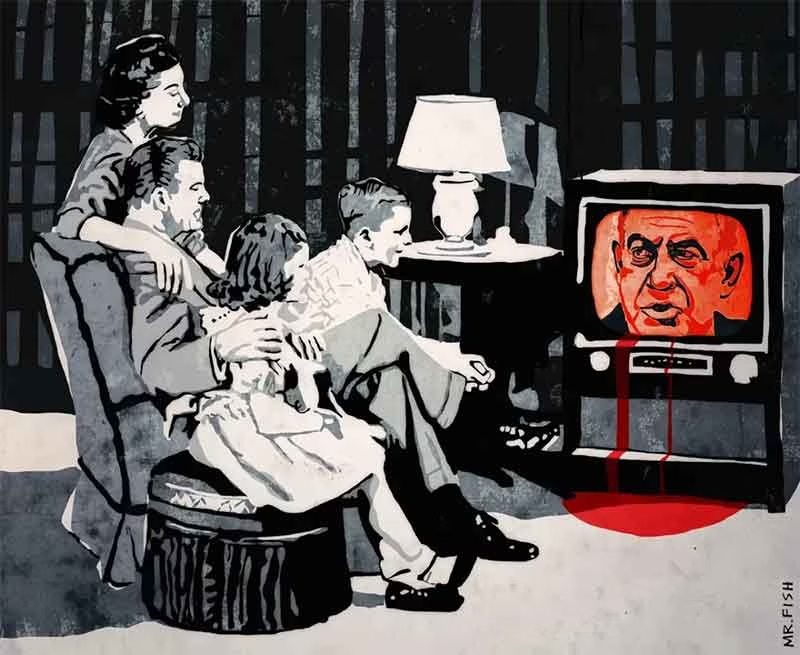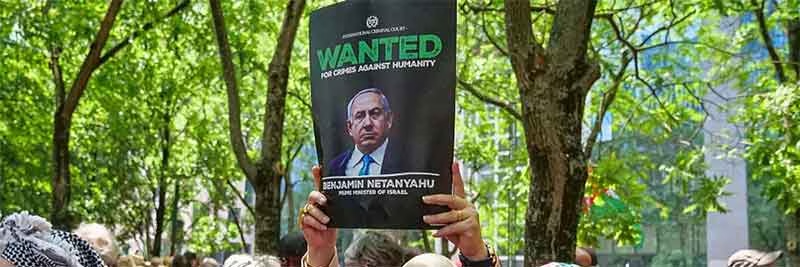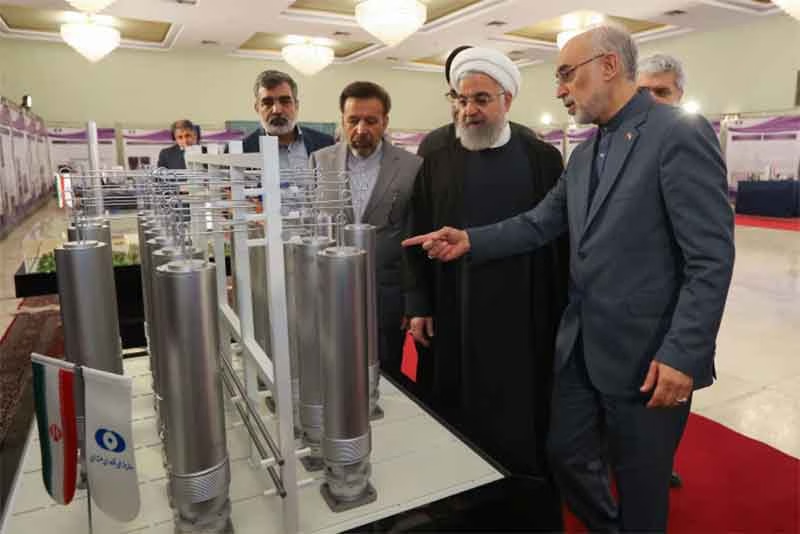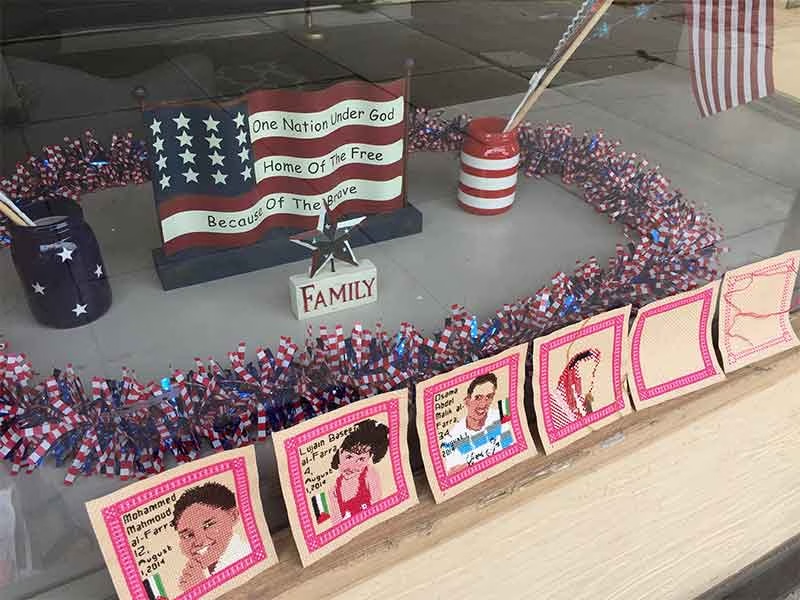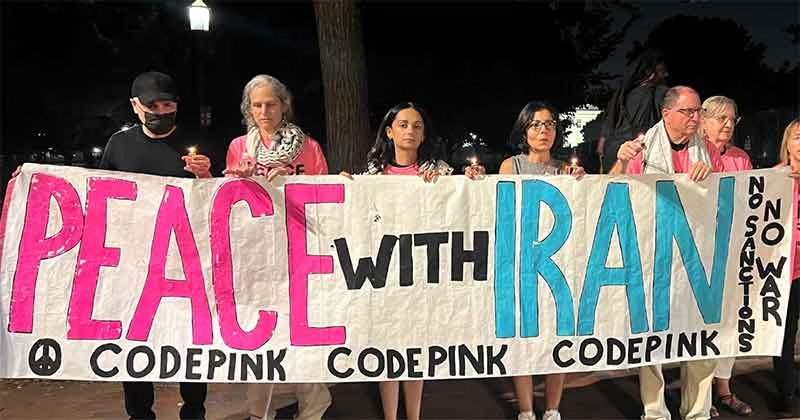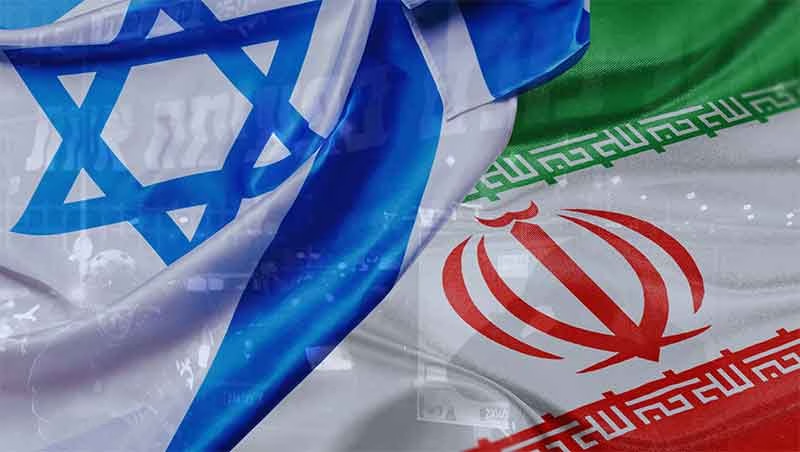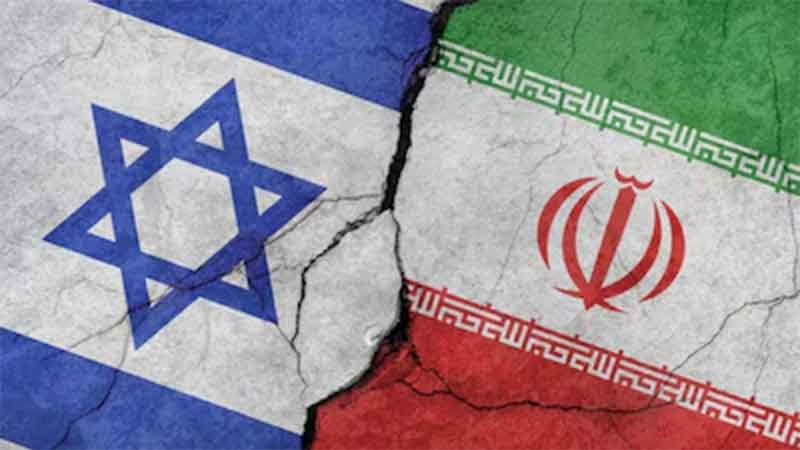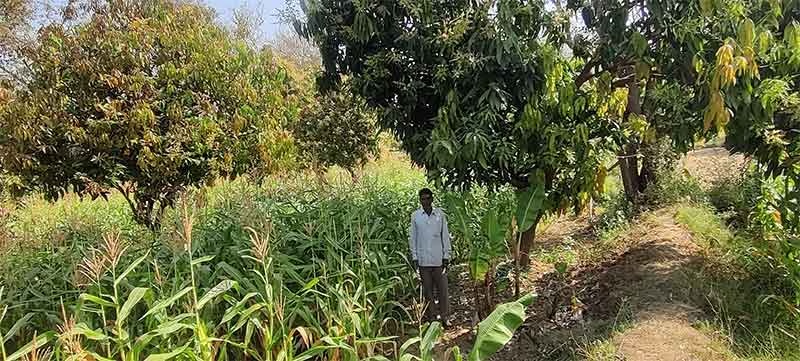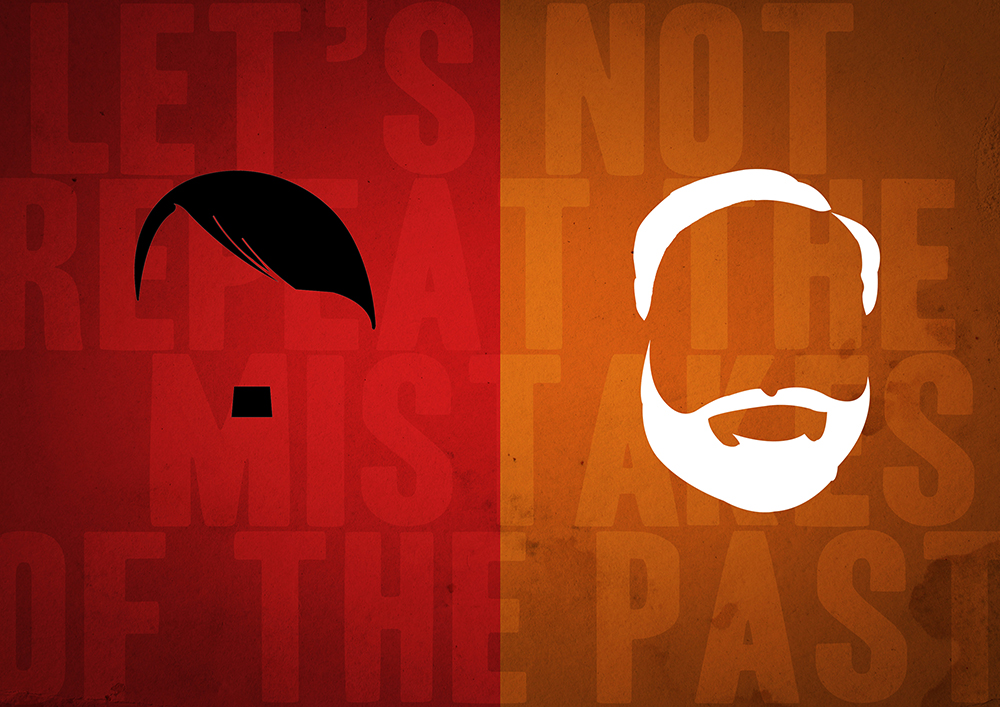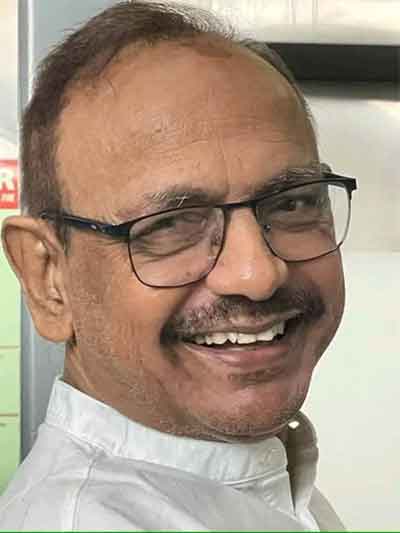
Dr K Muthyam (1958–2024 August 20) of Satavahana University, Telangana. He was a great and committed researcher and author who worked on movements and martyrs of peope’s struggles, in particular that of Srikakulam adivasis (of 1960s and 1970s). He was rather sick in recent past, and died of heart attack at age 66. He was not a sarkari academic but worked all his life as a people’s researcher, with a huge output. ‘Muthyam’ in Telugu means a pearl, and he was one through his copious and quality work: He has published a total of around 25 works including 11 related to the people’s struggles.
He worked as a ‘guest lecturer’ of Telugu language and literature in the public University at Karimnagar. And because of such status, most often, he was not invited officially to univeristy-level academic seminars etc, though his research output was excellent both in quantity and quality. Like all other such universities, Satavahana was starved of funds and hence there were very few regular faculty for most of the time. That meant Muthyam was not entitled to get full UGC pay and perks, nor any financial support for his extensive research work that took him to varied and distant places, mostly on his own. He was different from many ‘TA-DA’ scholars with little original research.
That was the plight despite formation of a separate Telangana State in 2014. Its first CM, K Chandrasekhar Rao, who claimed it was among the richest states of India with a high GDP, and claimed to be the great patron of its development, totally neglected the universities in government sector, and permitted and promoted many private and corporate universities. Muthyam got little support from the government for much of his early research and publications. However, the university and the government used his work to an extent (more on it later).
But Muthyam, the serious scholar, was not deterred by ‘poor’ academic environment. He retained his rigour of research, focused on research and carried on his extensive research, with his own limited resources. He additionally displayed revolutionary fervour, and studied the historic Srikakulam tribal revolt, and Telangana armed struggle. He was a revolutionary sympathizer, but not formally associated with any party.
He published a total of around 25 works including 11 related to the people’s struggles, and literature and culture, of North Andhra, adjoining Odisha. He had travelled to Barua area of Srikakulam at the cost of his health and gathered a lot of information and insight, and wrote extensively, useful for the future generations. Another deep inspiration for his research work was north Telangana. There were few among academics, and outside too, who were so devoted to such rigorous wok and so productive.
Fortunately for us, he could find some small left-minded, friendly publishers for several of his works. Thus he was not a sarkari academic but worked as a people’s researcher.
Muthyam was born in Bachinapalli village of Nizamabad district, of Telangana state, with a modest family background, and limited means. He grew up in the intellectual environs of Osmania University of Hyderabad, and did his prestigious doctoral work from the Benares University in north India. There he did his research on Srikakulam Movement – Its Impact on Telugu Literature and received his Ph.D. degree in 1990 with the ‘Best Thesis’ award.
Osmania University since 1970s was a centre of revolutionary student movement. The ruling class ideologies and politics were defeated at the time, and remained so for decades, in the campus. Muthyam was a product and a leader of the same Osmania during 1980s. Later the State unleashed worst repression, also on the student movement, and OU soon was turned into an arena for reactionary, divisive and diversionary politics. But Muthyam continued with his revolutionary commitment, as can be seen in his work and publications after 2014, the year Telangana state was carved out of undivided AP.
His writings can broadly be classified into two parts. They focused on 1) North Andhra movements, literary research and writings. 2) Works, collections and editorial work related to Telangana region. It is no exaggeration to say that there is no library in Telugu states where he did not go.
While working on Srikakulam, Muthyam had gone in to study ‘nationalists’ also like the famous poet-singer-agitator of the freedom movement, Garimella Satyanarayana (1893-1952), a Gandhian, who roared in the freedom movement with his song- Maaku vaddu- ee tella Dora tanam …these Telugu words meant ‘we don’t want the white lords’ rule’. Garimella was imprisoned for one year (1922) for this song he was singing in public and in the streets. On another occasion he was jailed for 2.5 years, during which time his wife,father and grand-father all died. Garimella hailed from Srikakulam dt, was born in a poor family, and died in poverty. He was forgotten even by the Congressmen. It was Muthyam, a leftist, who worked hard to collect the unpublished works of Garimella, a fervent nationalist, to bring them out in the form of a book.
Muthyam was engaged for a long time in the research of digging into the movements, legends and the stories that formed the early foundations of the Srikakulam adivasi movement. He was researching especially the old-generation peasant activists – who influenced and laid foundations for the new movement – like Marpu Padmanabham, Ganugula Tarunachari and Jendulu Gavarayya and wrote a book on them, titled These three are one and the same.
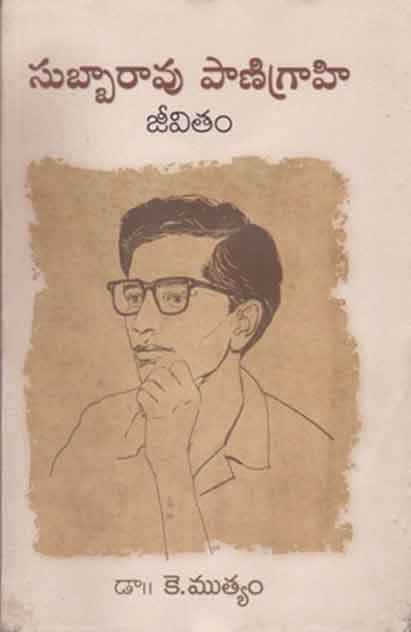
Subbarao Panigrahi Jeevitham (A Life-sketch), Telugu booklet of 2018, by Dr. K.Mutyam. Panigrahi was a legendary balladeer and activist of Srikakulam adivasi struggle of 1967-72. His songs were very popular, and were – and still widely remembered- on the lips of thousands of people. An Oriya Brahmin by birth, a temple-priest by inheritance, he turned a communist revolutionary, and used the temple to teach revolutionary politics. Caste was no hurdle to such revolutionaries. He was killed in a police encounter along with a few other comrades, on December 22, in 1969. Muthyam frequently went to Barua, the native place of Panigrahi, and nearby Boddapadu village, a centre of revolutionary movement, spent a long time studying the Srikakulam movement and its martyrs, including Panigrahi.
Srikakulam’s was a great mass movement to begin with, had its beginnings in late 1950s, and was guided by the Andhra communist revolutionaries, led by DV Rao. In late 1960s, Left adventurism of Charu Majumdar trend hijacked it, experimented with the notorious line of ‘annihilation of class enemy.’ And the mass movement was doomed to be crushed with a heavy hand within 2-3 years. Panigrahi fell victim to that trend; before he and scores of his comrades came out of that – there began a re-thinking among a few of them, reports showed – they were killed.
Around 350 activists were killed in ‘police encounters’, most of them being fake, many within a couple of years. Hundreds of adivasis and others were jailed for years and abandoned by the CPI-ML party that itself was in doldrums, with its wrong line, coupled with worst repression. It was left to com T Nagi Reddy (1917-1976), who was convicted and imprisoned, but came out on bail, to organize a massive political campaign for their release and rehabilitation. The movement was revived since 1980s, again under the leadership of DV Rao (1917-1984). Muthyam went there after all these efforts.
Decades after Panigrahi’s death, Muthyam, hailing from Telangana, traced his family and others in far way Srikakulam area (bordering Odisha), and worked hard to write this biography that covered his life and literary-cultural work. For that Muthyam took pains finding and interviewing the family members and others who knew Panigrahi.
While engaged in this work, he knew about many others who contributed directly and indirectly to the movement. He was to uncover the hidden histories of the mass leaders of North Andhra. One such was his booklet of 2019 was Kalingandhra tejam Pullela Shyama sundar Rao, who was a notable figure of the people’s movement before the srikakulam movement. Another was life story of Bankupalli Mallayya Sastry, a social reformer of the freedom movement.
Significant was the life-sketch, published in 2017, titled as Pravahistunna Jnapakam (Flowing Memory), of comrade Ganti Rajeswara Rao, who by the age of 28 became an ideal communist and a mass leader of the peasant movement. It is noteworthy that all these stories were of the precursors of the struggle of the Srikakulam tribal peasants. The history of the famous struggle of the Mandasa peasantry, part of freedom movement, was presented by Muthyam as ‘Sunamudi Jeevadhara’, the life-spring of Sunamudi, a village now in Bolangir dt of Odisha. Mutyam’s single-handed work on North Andhra yielded significant 11 books in all, perhaps more than any published by academic bodies.
*** ***
Foremost among Mutyam’s books was on comrade Sarvadevabhatla Ramanatham
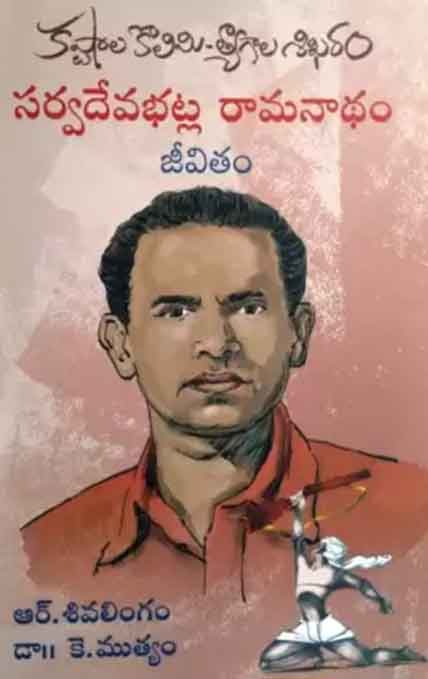
Life story of Sarvadevabhatla Ramanatham – a furnace of hardships, and a pinnacle of sacrifice (cover page). Muthyam worked hard, along with his friend, comrade R.Shivalingam as a co-author, for the major work (312 pages, 2021) on one of the earliest communist leaders of Telangana Armed struggle (1946-51). He was a son of an orthodox Brahmin landlord who owned 7800 acres, but de-classed himself and worked closely with cadres of all castes, including dalits.
Ramanatham gave away all the 1800 acres he got as his share to the rural poor, as part of the principle of ‘land to the tiller’
He was an early communist of Telangana, of Khammam district, mostly forgotten for long by his closest comrades of CPI with which he remained as an associate, if not as a member even after many splits in the party.
It was DV Rao who briefly mentioned his role in his magnum opus, in Telugu, The Histoy of Telangana People’s armed struggle (1946-51) – Vol 1, published in 1988 after DV’s death. It was a book written in 1982-84, and re-printed in 2014 and later. DV mentions Ramanatham as one of the earliest comrades, coming from three streams, who founded the party in the then Hyderabad state. DV Rao (1917-1984) and Ramanatham (1913-1992) both were participants of Vandemataram strike (1938) in Osmania University, and punished for that. Of all the three streams, Khammam-Madhira area comrades were among the earliest contacts of the party in Telangana, DV Rao wrote (p.139). For the 12th Conference of Andhra Maha Sabha, held successfully at Khammam in 1945 with an audience of 35-40 thousand people, despite repressive conditions, Sarvadevabhatla was the President of the Reception Committee and a key organizer, DV Rao wrote (p.218). Ramanatham was also a key trade union organizer of those days, in Warangal district (Azamjahi Mills), and in Singareni coal mines (p.153).
Then the most detailed record of life and work of Sarvadevabhatla was in Muthyam’s book of 2021. It was com R.Sivalingam from Khammam district who, over the years, compiled vast notes and joined Muthyam in writing the book, as a co-author.
Telangana, from where Muthyam hailed,is the stage for another dimension in the research work of Muthyam that led to publication of several works related to Telangana, foremost among them being the above book.
Pindiprolu village in Khammam district, was the native place of Ramanatham and was a key centre for the Telangana armed peasant struggle. Many warriors died fighting against the Razakars and the Union army from this village; the fighters and martyrs included those from all castes, from Brahmins to dalits, and one of the martyrs was a woman, Rambayamma. So Muthyam devoted an exclusive book to write the history of the village.
The biography of Phaniharam Rangachari, a fighter of Telangana armed struggle (1946-51), who like many of the comrades of his times,made sacrifices in the furnace of hardships, written by Mutyam, was published under the title – (painting brush in Telugu)-Kunche , that chose the colour of the soil.
The life of the adivasi fighter Soyam Gangulu inspired Muthyam who wrote on his life in the form of a novel. His style of writing,observers pointed out, was simple, unique and distinctive, and interesting even for the common man to read.
Muthyam had a few assignments from his university that did not regularize his job despite prolonged service. He fulfilled them with full devotion:
Northern Telangana history-culture; North Telangana Palle, Culture (palle means village); Telangana alabhya Saasanaalu-Grandhalu (Rare Inscriptions and Texts that were not available). All these were published by Satavahana University, under the editorship of Muthyam.
Telangana’s nomadic, folk-artist Chindu Yellamma (1914-2005), who later became a legend, was extensively interviewed by him and her autobiographic life-story, as told to him, was published I am Chindu Yellamma-Yadi ( memories of Yellamma). It was difficult to interview the unlettered, elderly woman, and very difficult to record her narration. It meant so many visits to her, involving lot of time and money, which Muthyam had spared. Yellamma was her assumed name, chindu representing the folk-story-telling form and ancient musical instrument, used in bhagavatams, sung in late nights of village life.It was published by the Telugu Academy during the World Telugu Conference organized by the Telangana state government. The book was awarded the Telugu University Award in 2007.
Muthyam explored his own native village, and together with his co-villager Swayam Prakash, the editor of a local magazine Agni poolu (fire-flowers), he brought to light the legend of the village titled Bachinapalli.
He extensively traveled across his home district Nizamabad and compiled the proverbs used by the people, and published them in book form, Telangana sastraalu (proverbs).
Muthyam had conducted interviews with hundreds of individuals over his four decades of research. His association with the families of historic personalities, small and big, was great; it is his labour ‘ filled with the beauty of life, the scent of the soil’. The word-pictures he created are stimulating pieces of contemporary history.
Subscribe to Our Newsletter
Get the latest CounterCurrents updates delivered straight to your inbox.
Universities and Academies have a huge responsibility to preserve the monumental work he did and to pass on to future generations. He got very little recognition for the massive work he did, but that did not deter him.
Muthyam is no more but his copious research work, unparalleled by any contemporary writers and academics, is there with us. They set a model for future academics and will help a more detailed macro-history of the regions and peoples he had covered.
*** ***
MA Krishna is a media person, who frequently contributed to countercurrents.org. This obituary is based on books mentioned in the text above, and on articles in Telugu by Muthyam’s academic friends, N. Tirmal and Dr. Ganga Prasad Mallegoda, a degree college lecturer of Medak town

